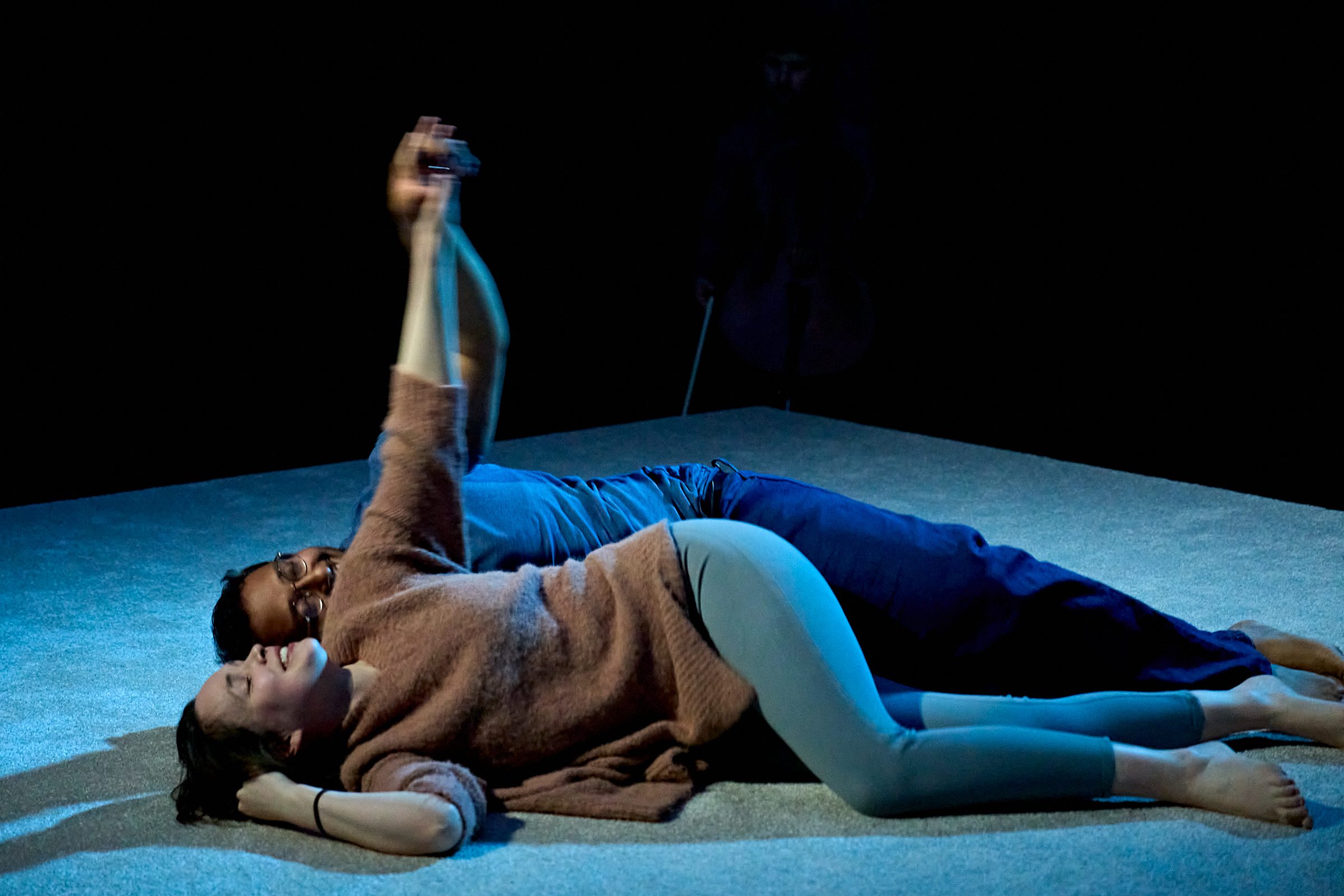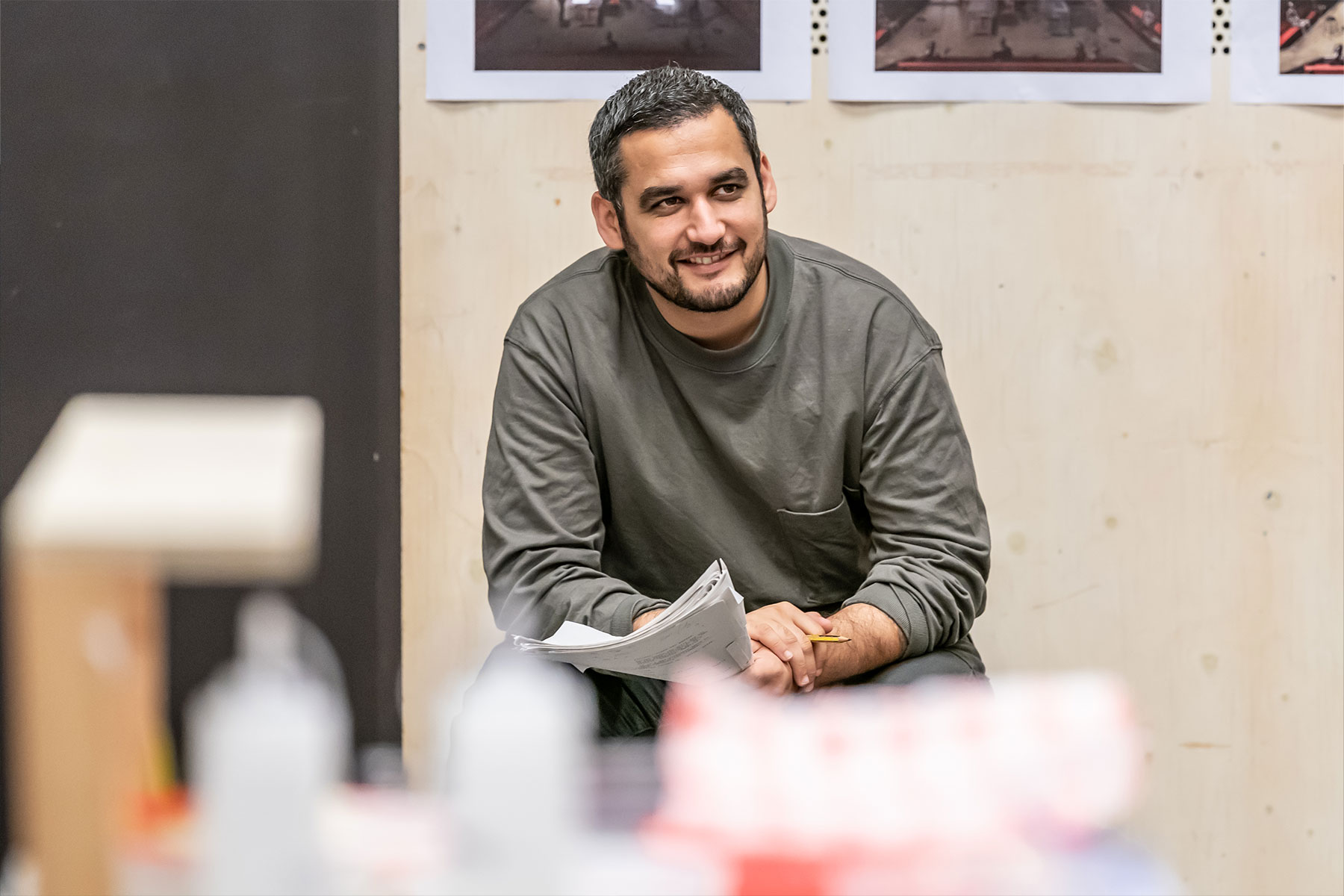Great Expectations

Charles Dickens’ Great Expectations, apart from being a sharp instruction manual for young Pip on how to be a proper gentleman (and stay true to your roots), is a cavalcade of characters.
It’s as drastic and arresting a way of shaking up the narrative as is David Nicholls’s more linear, but equally radical, approach in the recent Mike Newell movie. Paul Nivison’s adult Pip, creased and grey-haired from experience, watches his life flash past him from the green, dark, recesses of the Vaudeville stage.
The only problem is that the permanent presence of Pip in the spooky dilapidated hall of Miss Havisham, complete with soiled wedding cake and grimy green walls, suggests that the story is really about his hostess, which it isn’t.
Paula Wilcox’s marital reject, tricked out in the usual ancient wedding dress and fright wig, is a peripheral figure, very nicely done, admittedly, but much more lightweight than Martita Hunt in the great David Lean movie.
Since then, of course, we’ve had a glamorous Miss Havisham (Gillian Anderson on television) and a snappy Gothic one (Helena Bonham-Carter in the new movie), but neither of them have expressed the sadness at what an awful thing she’s done so well as does Wilcox; her sadistic trap for Pip, Estella (prim and perky Grace Rowe), is a suitably nasty, though unsubtle, portrayal. Subtlety, anyway, is not the point here. Everyone wears exaggerated make-up, and capers nimbly, so the effect is of a German Expressionist movie, even in so unadulterated a character as Josh Elwell’s kindly old Joe Gargery.
Taylor Jay-Davies makes a lively, eager Young Pip, while Chris Ellison is a slightly underpowered Magwitch, James Vaughan a vivid, theatrical Wopsle (and a lovely Wemmick, too) and Rhys Warrington a bright-eyed Pocket who dances along Miss Havisham’s mantelpiece like a festive fairy.
The adaptation by Scottish playwright Jo Clifford (first made thirty years ago) is a model of its kind, but it does suffer from sacrificing narrative pressure and clarity, and true Dickensian sentiment, for a different kind of potpourri “European” style.
That style, at least, is well honoured in McLaren’s production, the lividly luxuriant design of Robin Peoples, the lighting of Kai Fischer and the Slavic-sounding music of Simon Slater.










